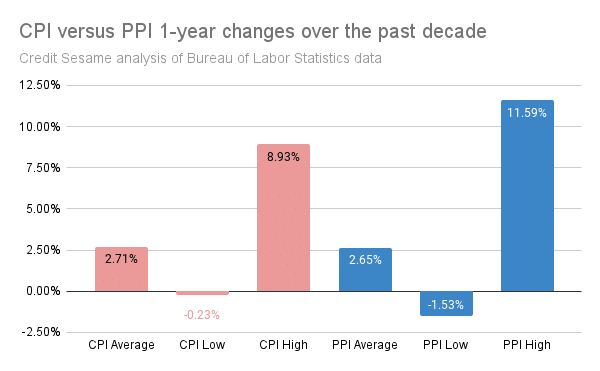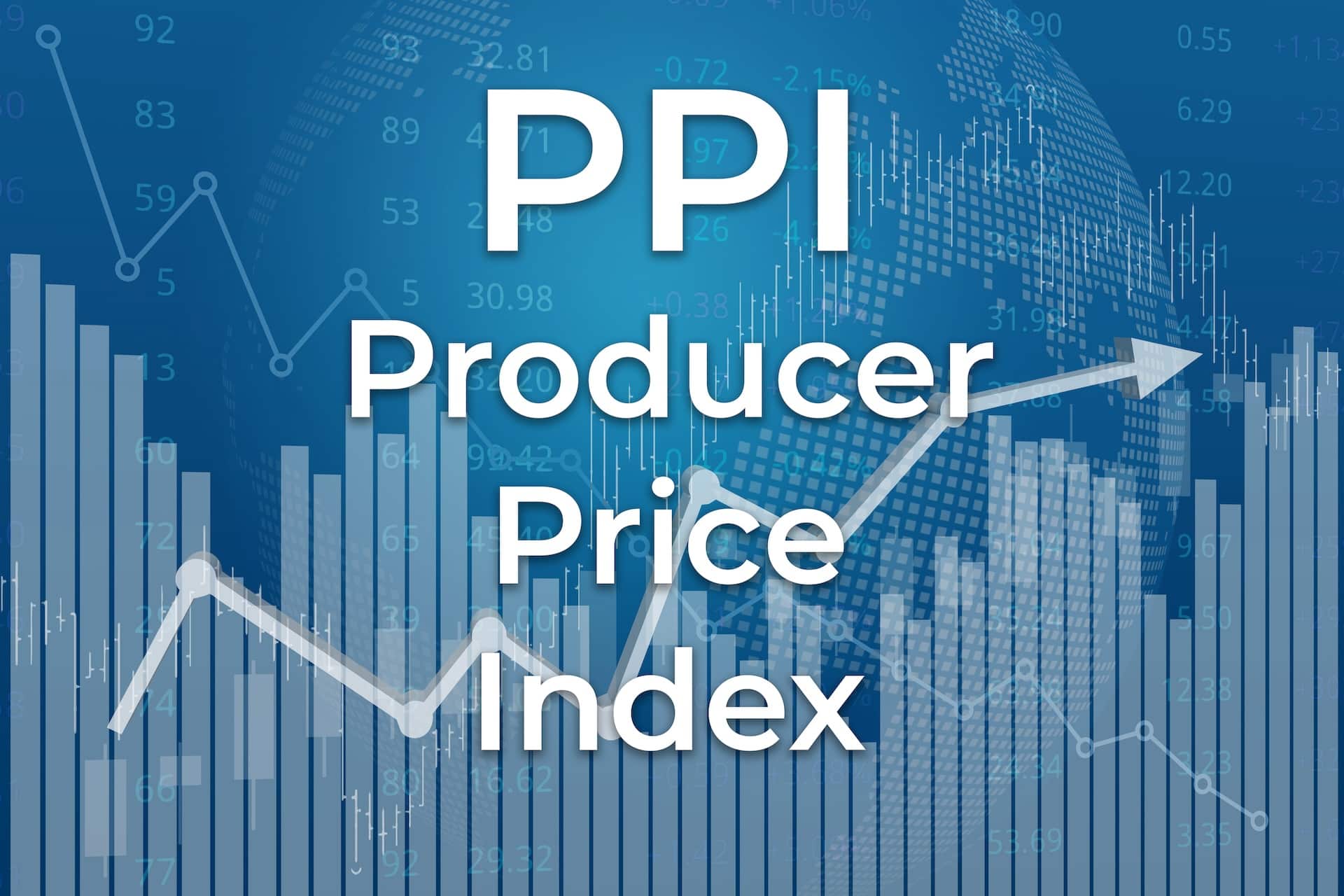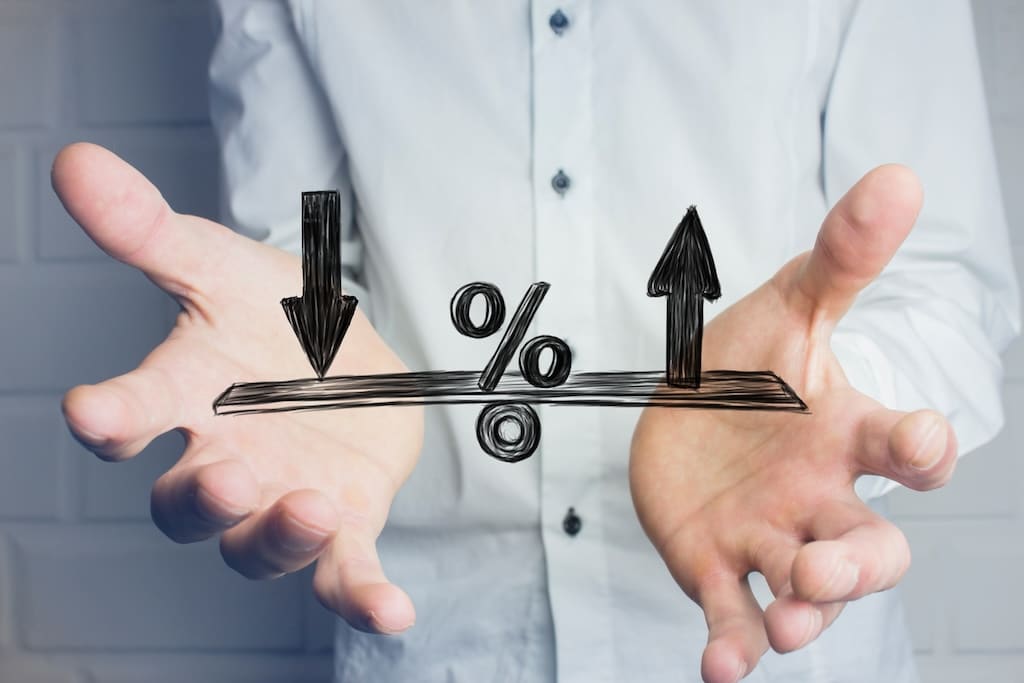Credit Sesame discusses whether retailers should take the blame for inflation.
Retail prices rose nearly twice as fast as wholesale prices from mid-2022 to mid-2023. This raises a question: are retailers taking unfair advantage of consumers?
Before retailers take the blame for inflation rises, it is helpful to look at the relationship between retail and wholesale prices. This provides insight into whether retailers are using the cover of inflation to pad their profit margins and may indicate that consumers will see more reasonable prices in the near future.
Measuring wholesale and retail price changes
“Wholesale” and “retail” are broad terms in today’s economy. It’s pretty easy to understand the distinction between the terms as they relate to traditional manufactured goods.
For example, LG manufactures television sets. Best Buy purchases large numbers of sets “wholesale” and sells them at a higher price “retail” to consumers. In this way, Best Buy is compensated for taking the risk of buying in bulk and distributing TV sets to individual consumers. The price Best Buy charges includes their expenses and a profit margin. This simple example makes it easy to see why there is a difference between wholesale and retail prices.
The picture gets a little murkier in a modern economy, where businesses provide various services to other companies rather than consumers. Online shopping allows many manufacturers or wholesalers to make products available directly to consumers.
Another way to generalize the difference between wholesale and retail operations is to consider the difference between business-to-business and business-to-consumer sales. Even defining wholesale as business-to-business and retail as business-to-consumer, it’s commonly known that there is a difference between wholesale and retail prices.
The Bureau of Labor Statistics produces two kinds of inflation indexes to measure trends in each pricing. The Producer Price Index (PPI) is an indication of wholesale prices, while the Consumer Price Index (CPI) is an indication of retail prices. Both are worth watching for clues to where the inflation trend may be heading.
The difference between CPI and PPI is unusually high
Because retailers require a profit margin, it’s natural for retail prices to be higher than wholesale prices. However, assuming retailers maintain fairly consistent margins over time, one would expect the CPI and the PPI to increase at roughly the same rate. Over the past ten years, for example, the CPI has risen by an average of 2.71% a year. The PPI has risen at a comparable rate of 2.65% per year.
However, while they tend to even out over the long term, they are often not in lockstep from month to month or year to year. The PPI is more variable from month to month than the CPI. Over the past decade, the PPI has seen lower lows and higher highs year to year, as can be seen in the following graph:

Even though the average rates of change for the CPI and the PPI have been very similar over the past decade, the PPI has seen a wider range of highs and lows. 1-year changes in the CPI have ranged from a low of -0.23% to a high of 8.93%. Meanwhile, 1-year PPI changes have ranged from -1.53% to 11.59%.
The more extreme behavior of the PPI tends to lead the way when it comes to inflation trends. The PPI tends to move faster and further than the CPI. For example, when inflation fell sharply in 2015, the PPI went further into negative territory. When inflation soared in 2022, the PPI reached a higher peak.
This makes the PPI a helpful indicator to watch for changes in the direction of inflation. That’s why 2023 changes are noteworthy. From April 2022 to April 2023, the 1-year change in the PPI dropped from 11.08% to 2.38%. Meanwhile, CPI showed a more moderate decline of 8.23% to 4.96%.
Because the PPI tends to be more sensitive to changes, there is reason to believe that the CPI may follow the downward trend in the PPI. The rate of CPI growth may not fall as far as that of the PPI, but there’s a good chance it will head in the same direction.
Are retailers price gouging?
Because the CPI has been much slower to fall than the PPI, the gap between the 1-year changes of the two has risen to 2.58%. In other words, retail prices have increased by 2.58% more over the past year than wholesale prices. Over the past decade, the 1-year increase in CPI has never been further above the increase in the PPI.
That raises an interesting question: are retailers gouging by raising prices much faster than wholesale costs are going up? It’s probably fairer to say that retailers are simply trying to catch up. A year ago, the 1-year change in the CPI trailed that of the PPI by 2.85%. The PPI rose faster than the CPI from the beginning of 2021 till nearly the end of 2022.
What comes next?
Barring a complete reversal in trend, the more extreme slowing of the PPI gives hope that the CPI may soon follow. The CPI may not slow down as much as the PPI, but consumers should start seeing more moderate price increases as long as it heads in the same direction.
Of course, many things could spark a new flare-up of inflation in a time of geopolitical conflicts and climate change. For now, it looks like calmer wholesale prices are creating room for retail price increases to continue easing.
If you enjoyed Are retailers to blame for inflation? you may like,
Disclaimer: The article and information provided here is for informational purposes only and is not intended as a substitute for professional advice.




















